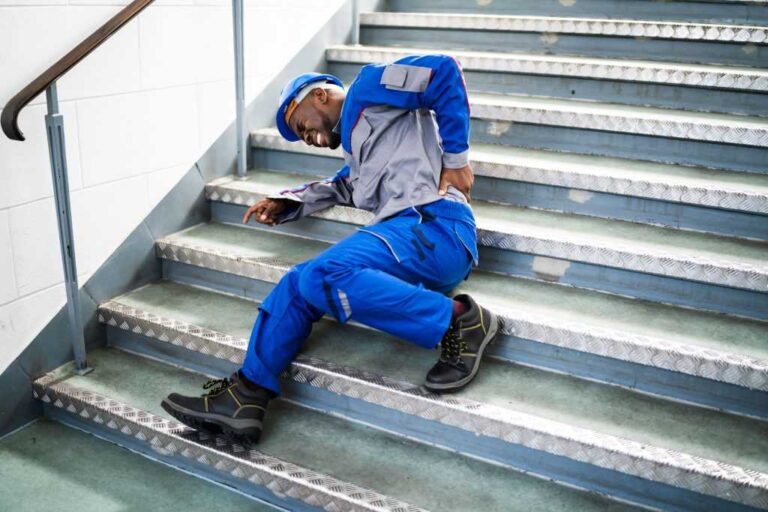The Centers for Disease Control and Prevention (CDC) states that there are well over 14 million incidences of slips and falls prevalent, equating to one in every four older adults.
Such injuries can hinder the ability to carry on with daily life, entail medical costs, and cause the loss of wages. Zipdo reports that the common settlement for a slip and fall injury was approximately $15,000.
Anyone who has been hurt on someone else’s property needs to understand slip and fall compensation. Slip and fall compensation is calculated based on the extent of the injury.
Knowing all the details of your case, both the financial and the non-financial aspects can cover your claim.
Let’s discuss how compensation is determined in slip and fall injury claims.
Types of Slip and Fall Accidents
Causes and consequences of every kind of slip and fall are unique. Slip and fall accidents can be present and happen anywhere. They can be hazards in an office, someone’s house, a grocery store, or even at a coffee shop.
Some factors that can add to the risks of slipping and falling are typically slippery surfaces, potholes, snow, or inadequate lighting. Pathways that are blocked pose a risk too and may cause injury.
Establishing Liability in Slip and Fall Cases
The question of responsibility in any slip and fall accident depends on all the facts of the case.
Check if the owner knew of the hazard beforehand but failed to take measures to address it. See if the establishment put up signs or if the floor was being mopped at the time of the fall.
The proof of pictures or statements from people who witness it will definitely lead to a favorable outcome.
Understanding Damages and Compensation
There are two primary categories into which damages can be classified.
- Non-economic damages include things like pain and suffering, emotional distress, and the loss of quality of life.
- Economic damages include the costs of medical care and lost earnings.
Each element must be adequately established, requiring one to keep records of procedures, therapies, and the corresponding financial implications.
The Legal Process for Filing a Claim
The first step in a case relating to a slip and fall accident is to gather evidence. Evidence may consist of photos of the place, testimony of witnesses, and medical records.
All of these records will add to the validity of your case.
According to workplace injury lawyer D. Brad Collins, you should report your injury to your employer and ask that an accident report be completed.
Notify the property owner by writing how the incident occurred.
File a claim with an insurance provider.
After reviewing your case, insurance negotiations may then proceed. If you fail to settle on a fair agreement, then you may wish to move forward with litigation.
Most expert attorneys will know the indices of the legal system and steps that can be taken if claims should be denied.
Tips for Handling Your Slip and Fall Claim
Documentation, swift action, and good strategic choices are key components of slip and fall claims for damages. Here are some of the very few tips.
- Record everything. Take photographs of the location, your wounds, and the risk factors. Write a diary for your healing process, indicating the impact of the injury on your everyday life.,
- Get a statement from any witnesses if possible. Their testimony can be a powerful factor in your favor.
- Never hesitate to consult a doctor for the injury, and health comes first in all matters.
- It is advisable to have a personal injury attorney who is already acquainted with your case. The lawyers will be the ones to help you through the legal and expensive maze.
Try staying patient. When the claim processing happens, it tends to take time, but having all the required documentation ready and being knowledgeable will help things go smoothly.

